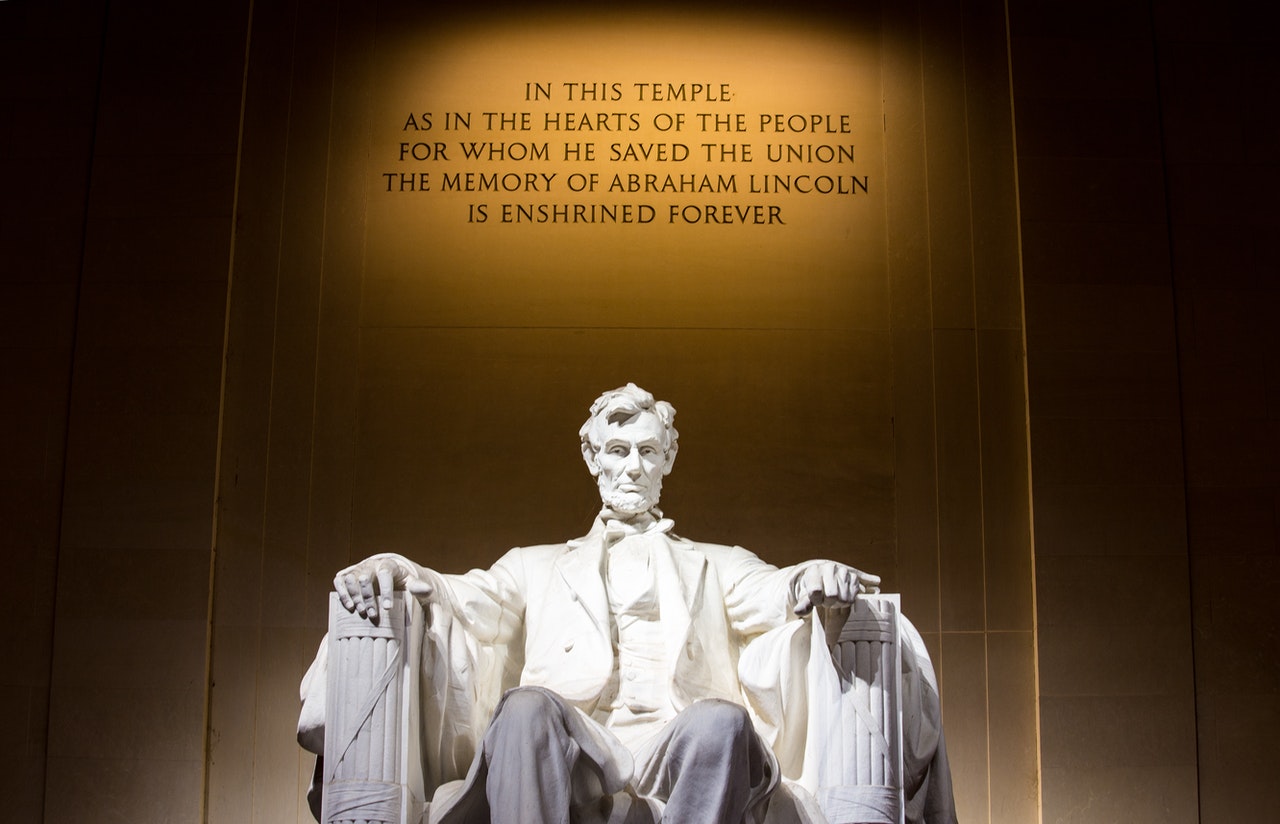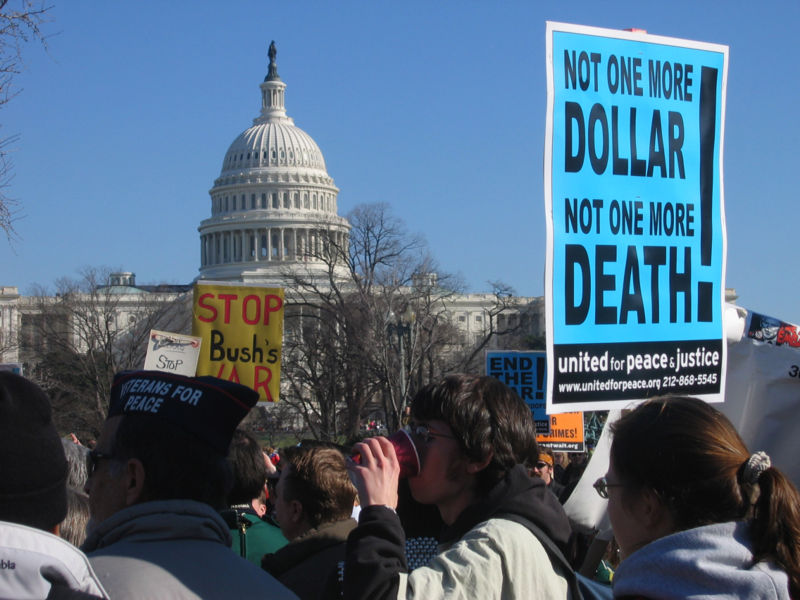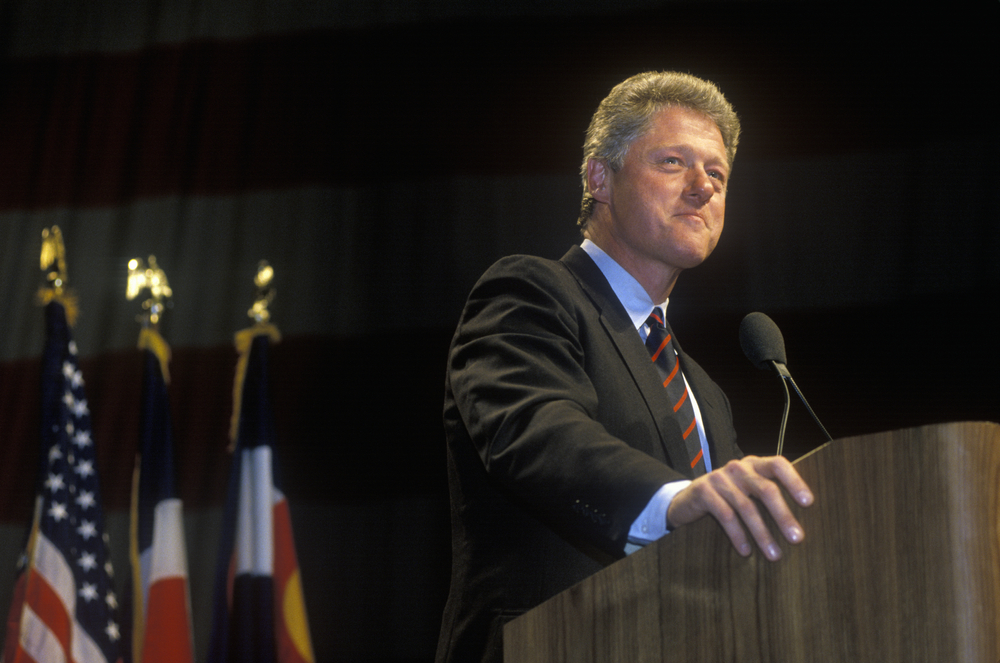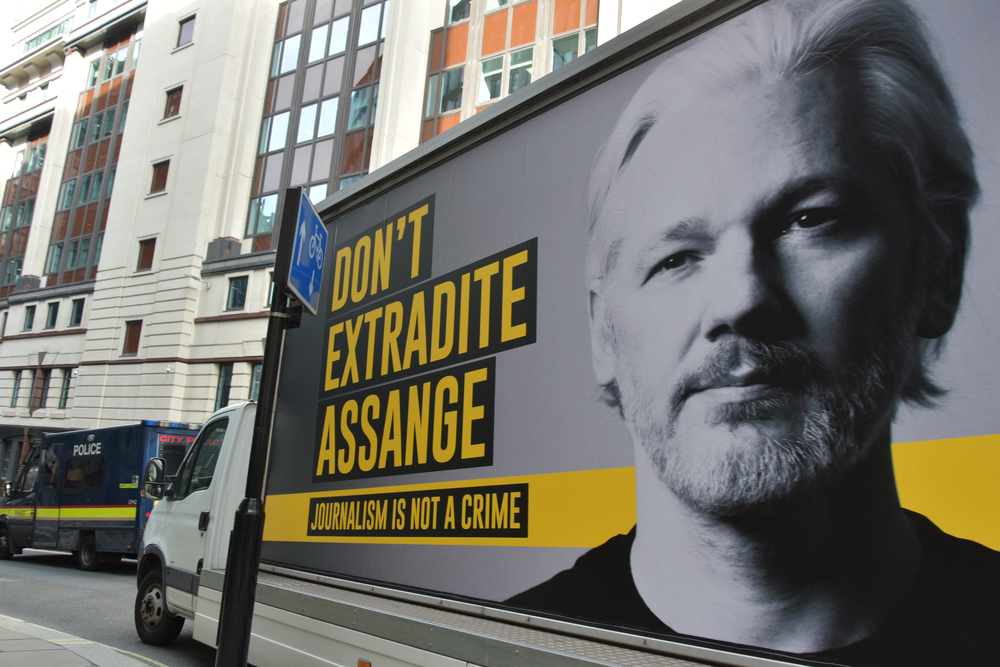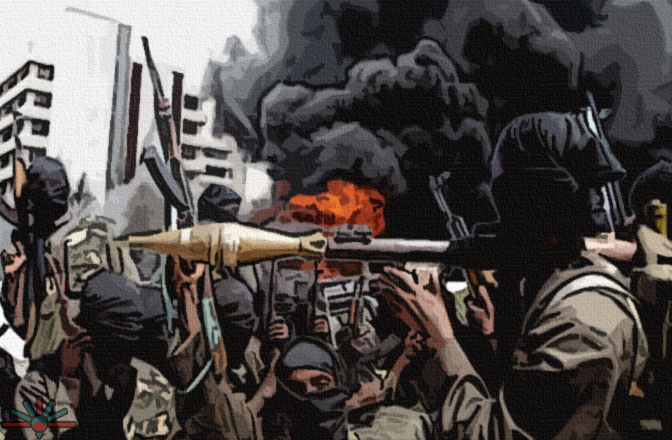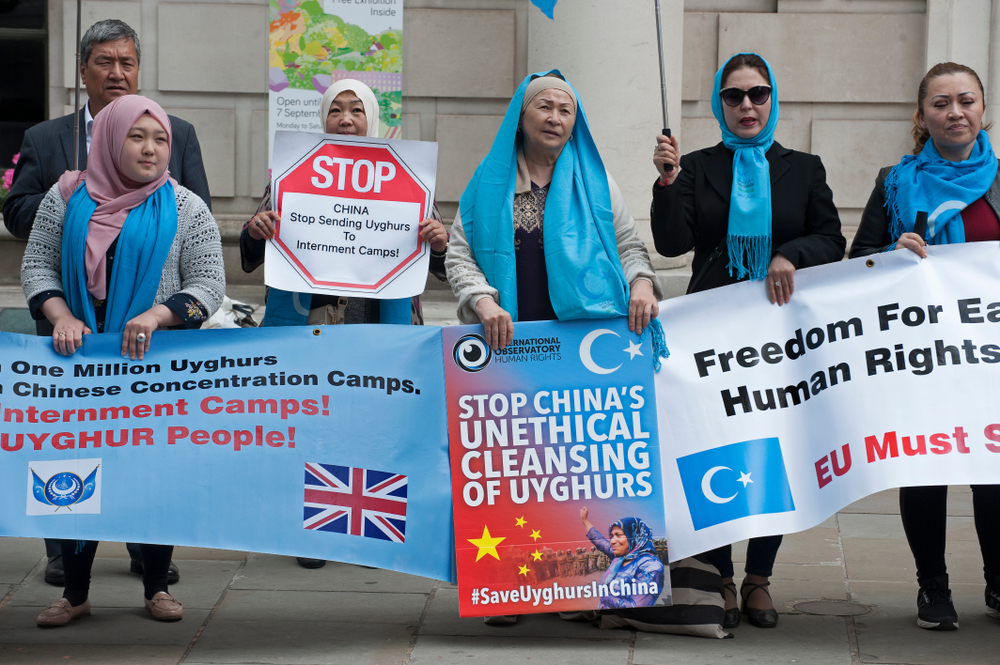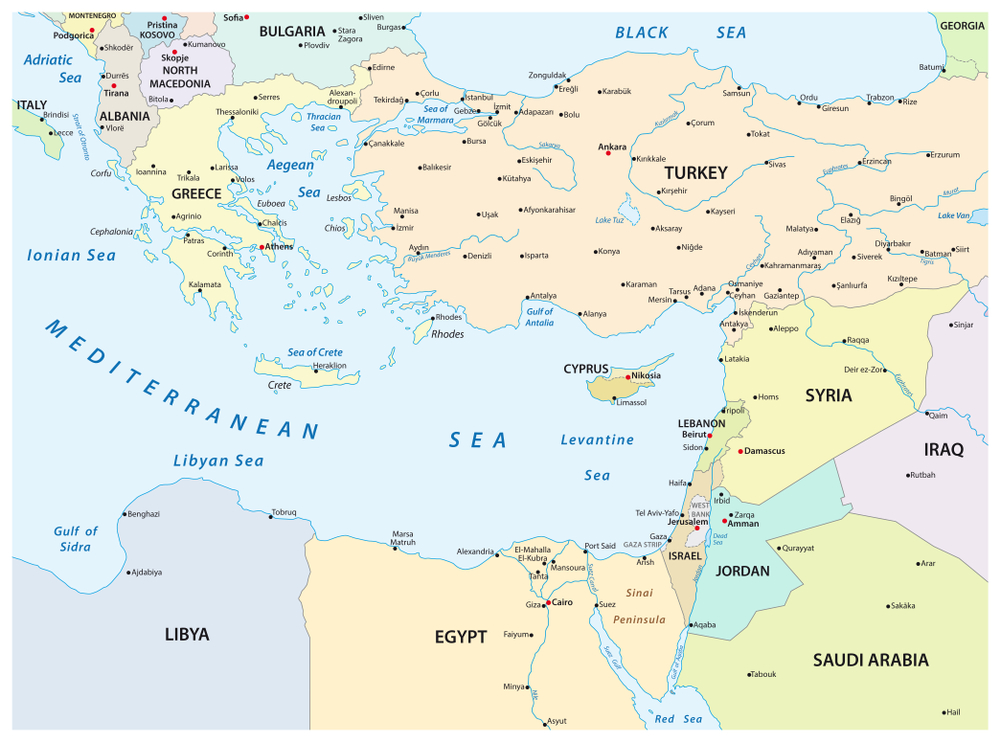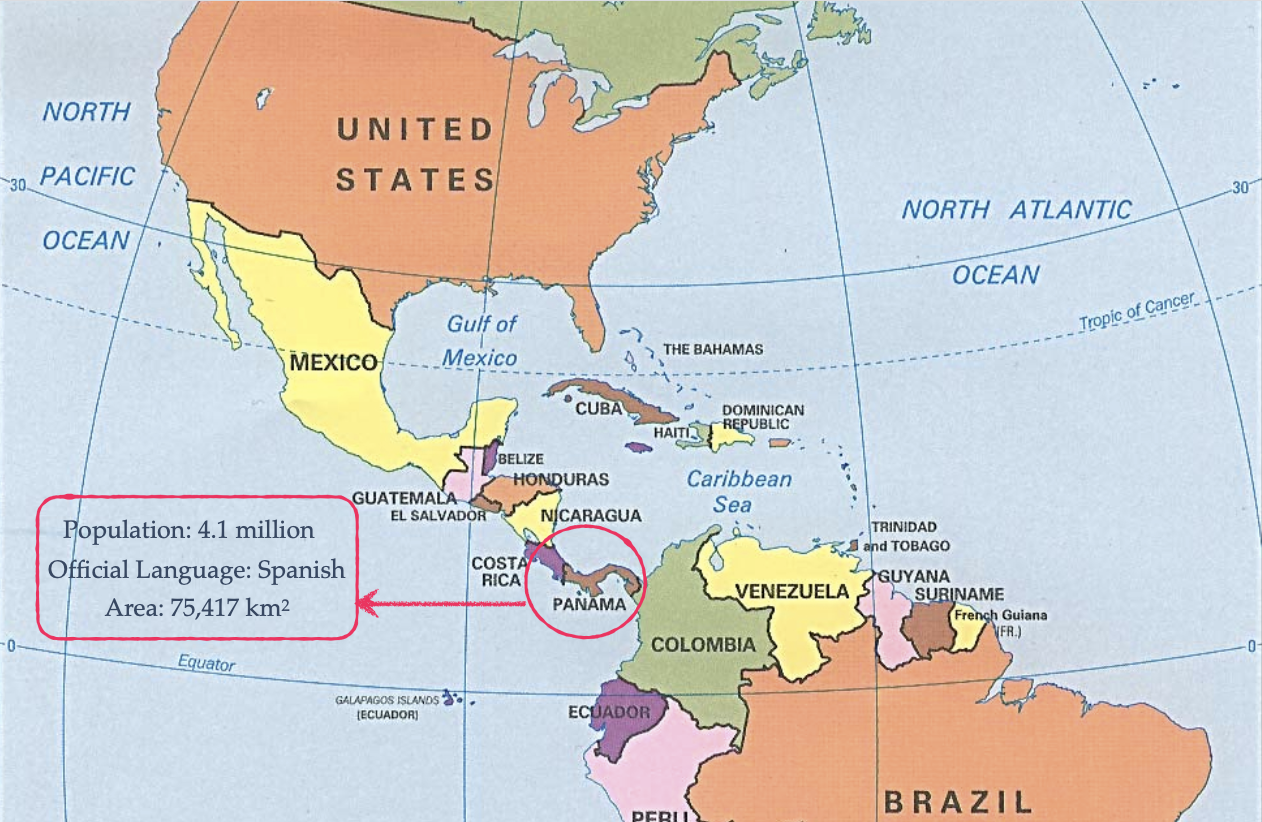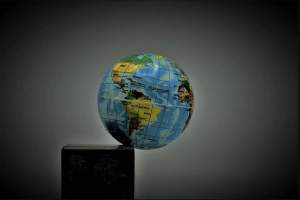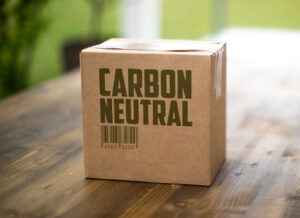Reading Time: 2 minutes
- Increasing population & industrialisation has led to deforestation and increase in waste & pollution.
- These factors have caused a drastic increase in greenhouse gases.
- E.g., carbon dioxide is one of the leading greenhouse gases, and its concentration has gone up 45%, from 280 ppmParts per million—also expressed as milligrams per litre. in the year 1750 to 415 ppm in the year 2019.
- These gases have the potential to trap the sunlight & increase temperature.
- An excessive increase in temperature leads to bad outcomes such as water deficit, extinction of certain animal species etc.
- The rise in temperature had been concerning the environmentalists for a while, so an international conference (Earth Summit) was called upon in Brazil in 1992.
- One thing led to another, and by 1994, the international government members signed a treaty UNFCCC intending to stabilise greenhouse gas emissions.
- These members, called parties, meet each year at a conference (called Conference of Parties – COP) to discuss climate change matters.
- The first COP was convened in 1995, and this year (COP26) is the 26th time these governments are meeting.
- At COP21, the parties reached an agreement called the Paris Agreement to limit the greenhouse gas emissions in this century to levels that would prevent global temperatures from increasing more than 2°C above the temperature benchmark set before the beginning of the Industrial Revolution.
- So, if the temperature at the beginning of the Industrial Revolution was 10°C, the benchmark for the 21st century was 12°C, but it was also agreed that efforts would be made to pursue a target of 11.5°C.
- While the industrial revolution started in the 1700s, the researchers agreed to consider the period of 1850-1900 as the baseline because that was considered more reasonable.
- Now, Paris Agreement seeks commitments from all nations to cut their climate-altering pollution, and that is what makes the COP talks so difficult.
- Developing nations say rich countries destroyed the planet as they industrialised, and it’s now unfair they’re stopping the developing countries whose progress is hugely reliant on fossil fuels.
- E.g., coal contributes to around 37% of the global power supply, but it has around 60% share of the energy mix in India and China.
- And the transition to cleaner sources of energy is an expensive affair.
- That is why developed nations pledged a decade ago that by 2020 they would raise $100 billion per year to help developing countries transition to cleaner energy.
- So far, they have failed to deliver on the promise, and developing countries are not ready to be “preached” by those who themselves haven’t fulfilled their promises.
- E.g., the US is struggling to pledge even $11.4 billion annually from 2024, while experts say it should be contributing $43 billion based on the wealth, emissions and population size.
- India announced yesterday that it would go net-zero by 2070 but expects the developed nations to come true to their promises.
- To meet the target of only 1.5°C increase by 2100, the world has to reach net-zero carbon dioxide by 2050 and net-zero across all greenhouse gases by 2070.
- However, the current plans, as they are, would lead to a 2.4°C increase in temperature by the year 2100, which is far higher than the target and can be devastating.
- Therefore, India’s announcement is being seen as a big win by the climate champions.
Image courtesy of Markus Spiske through Pexels






